Made big headway today with my new setup. I had only made one contact so far and was getting frustrated. The SWR meter on my 817 showed nothing so I assumed everything was tuned correctly. I finally hooked up my old Micronta 21-525B gifted to me by K1LQH, and found my SWR on CW was 3:1! I shortened the whip about 12″ and immediately was copied 5-9 by a station in CT and another in MD!
Email Subscription
Categories
-
Recent Posts
Blogroll
Food
HAM links
Kool Sites
Music Stuff
Software I use
SOTA Blogs
HF Propagation
RSS
Recent Comments
- Muttie on Zimmerman Lake Snowshoe
- Jason Moore on Motorola GM300 cross band repeater
- Mike D on Kenwood TH-D72A Frequency Unlock
- Jim Boyce on Kenwood TH-D72A Frequency Unlock
- Andy on A Bachelor Party!
Archives
- January 2024
- December 2023
- June 2022
- January 2022
- November 2021
- September 2021
- July 2021
- May 2021
- February 2020
- December 2019
- January 2016
- November 2015
- January 2015
- November 2014
- August 2014
- July 2014
- June 2014
- May 2014
- March 2014
- February 2014
- January 2014
- December 2013
- October 2013
- September 2013
- August 2013
- June 2013
- May 2013
- March 2013
- October 2012
- September 2012
- August 2012
- July 2012
- June 2012
- May 2012
- April 2012
- March 2012
- February 2012
- January 2012
- December 2011
- November 2011
- October 2011
- September 2011
- May 2011
- March 2011
- February 2011
- December 2010
- September 2010
- May 2010
- April 2010
- January 2010
- November 2009
- October 2009
- September 2009
- August 2009
- July 2009
- June 2009
- May 2009
- March 2009
- February 2009
- January 2009
- December 2008
- November 2008
- October 2008
- September 2008
- August 2008
- July 2008
- June 2008
- May 2008
- April 2008
- March 2008
- February 2008
- January 2008
- December 2007
- November 2007
- October 2007
- September 2007
- August 2007
- July 2007
- June 2007
- May 2007
- April 2007
- March 2007
- February 2007
- January 2007
- December 2006
- November 2006
- October 2006
- September 2006
- August 2006
- July 2006
- June 2006
- May 2006
- April 2006
- March 2006
- February 2006
- January 2006
- December 2005
- January 1958
- December 1957
Categories
Meta
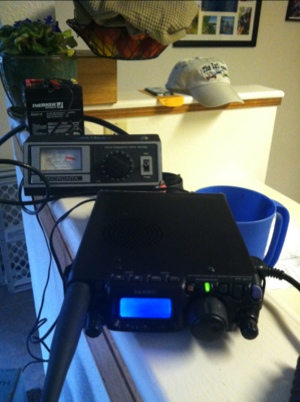
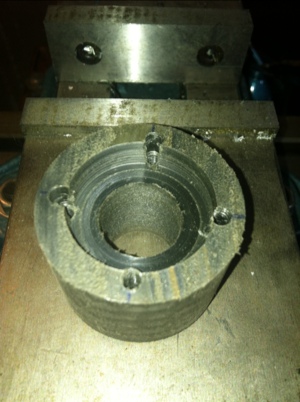
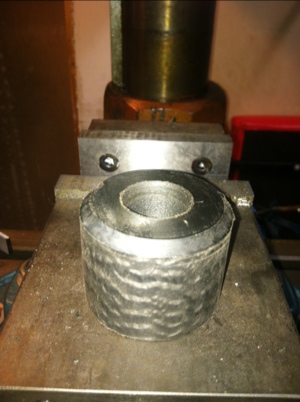
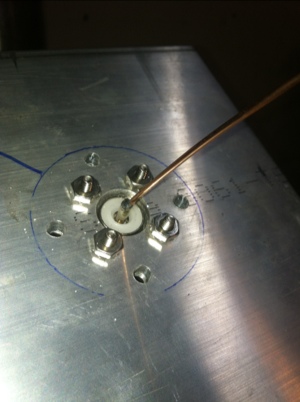
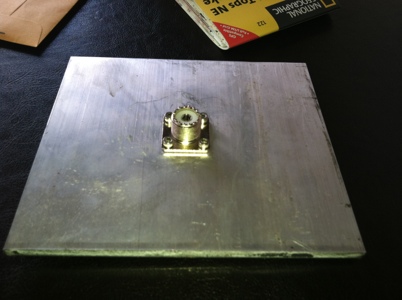
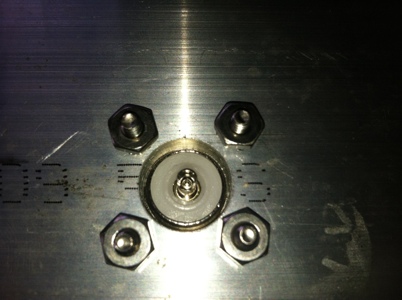
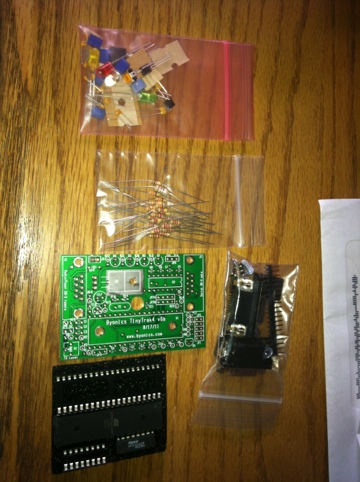
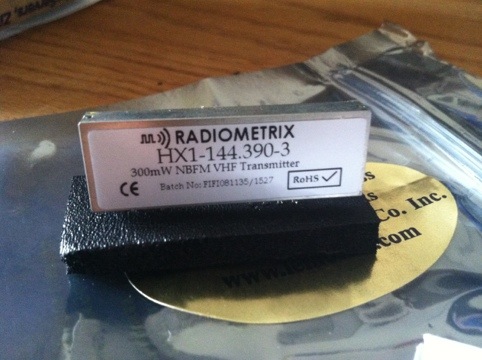
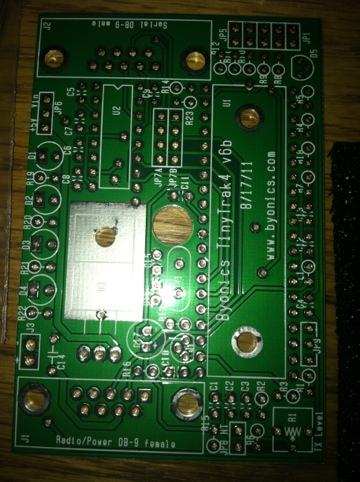
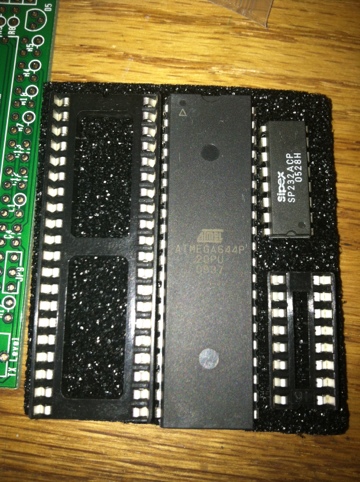






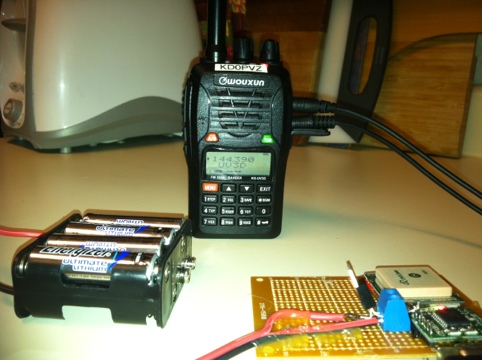
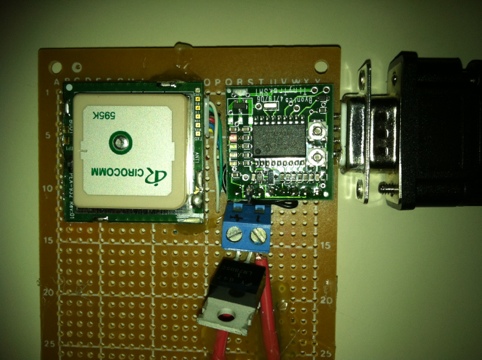
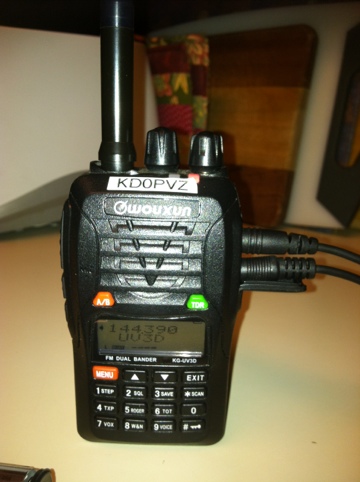
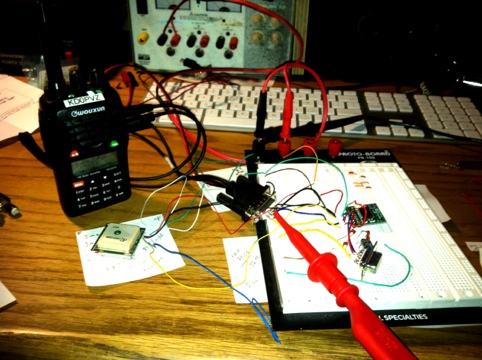
 http://4wdx.com/
http://4wdx.com/ Banjo Hangout
Banjo Hangout